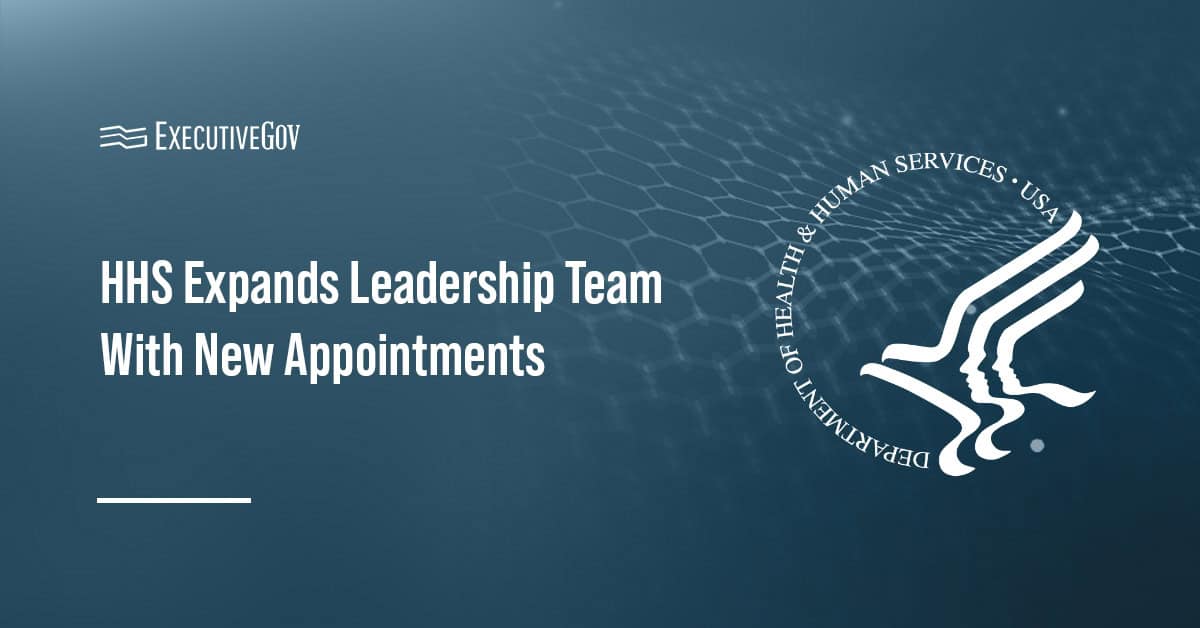
Rep. Robert Wittman (R-Virginia) has said a threat analysis must take place in support of President-elect Donald Trump’s plan to grow the U.S. Navy‘s fleet to 350 ships from the current 272 number, USNI News reported Wednesday.
Megan Eckstein writes Wittman said at the U.S. Naval Institute’s Defense Forum Washington event that the composition of the 350-ship fleet should be designed according to warfighting requirements.
Wittman added the Virginia-class attack submarine, San Antonio-class amphibious transport dock and Ford-class aircraft carrier could help grow the fleet through accelerated build rates and hot production lines that could lead to cost savings, Eckstein reported.
Wittment also noted that efforts to start new ship classes could extend the timeline and increase risks, the report stated.





